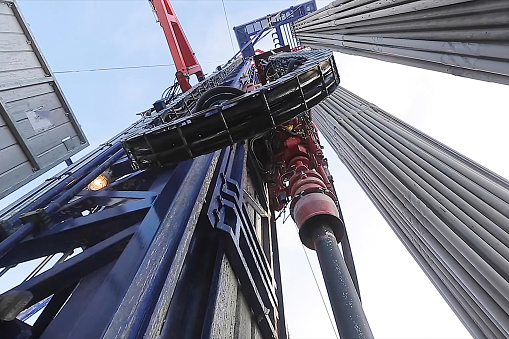Most Asian buyers ceased Iranian oil imports in 2019 following former U.S. President Trump’s withdrew from the nuclear deal with Iran and re-imposed sanctions on Tehran’s oil exports.
Indirect talks between Iran and the United States on the nuclear deal continued last week. Western diplomats have suggested they hoped to have a breakthrough by now, but complex issues remain unresolved.
Oil prices are most elevated in more than seven years as worries of disruption in Russian energy supplies have increased Brent and U.S. crude futures. Refiners are also paying record spot premiums for crude produced in Europe and the Middle East as producers meet a robust demand recovery after the epidemic.
With the possibility of a new Iran deal, South Korea, formerly one of Tehran’s leading oil customers in Asia, stated on Wednesday it had held working-level talks on resuming imports of Iranian crude oil and unfreezing Iranian funds.
A major South Korean refinery is watching the developments at the nuclear discussions. A company source expressed that Iranian crude oil is cost-competitive and easy to process corresponded with other grades such as Mexican oil.
Japan’s top refiner Eneos Holdings Inc will consider restarting oil imports from Iran if an arrangement to restore a 2015 nuclear deal is reached, its chairman stated on Thursday.
It will take approximately two to three months to resume oil imports from Iran if and behind such an agreement on the nuclear deal is made as the refiner will need to make different arrangements such as insurance and shipping, Eneos Chairman Tsutomu Sugimori stated.
A refiner from India, Iran’s No. 2 customer, is in discussions with Iran for sourcing its oil, an Indian refining source declared. It was also waiting for more clarity on the nuclear deal. The authorities refused to be identified because of the sensitivity of the matter.
















